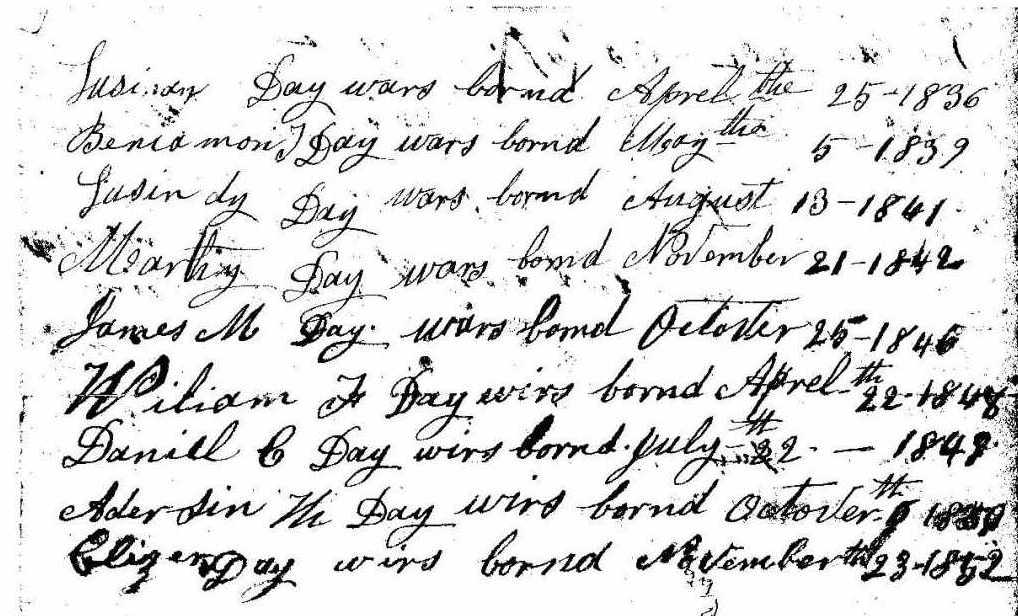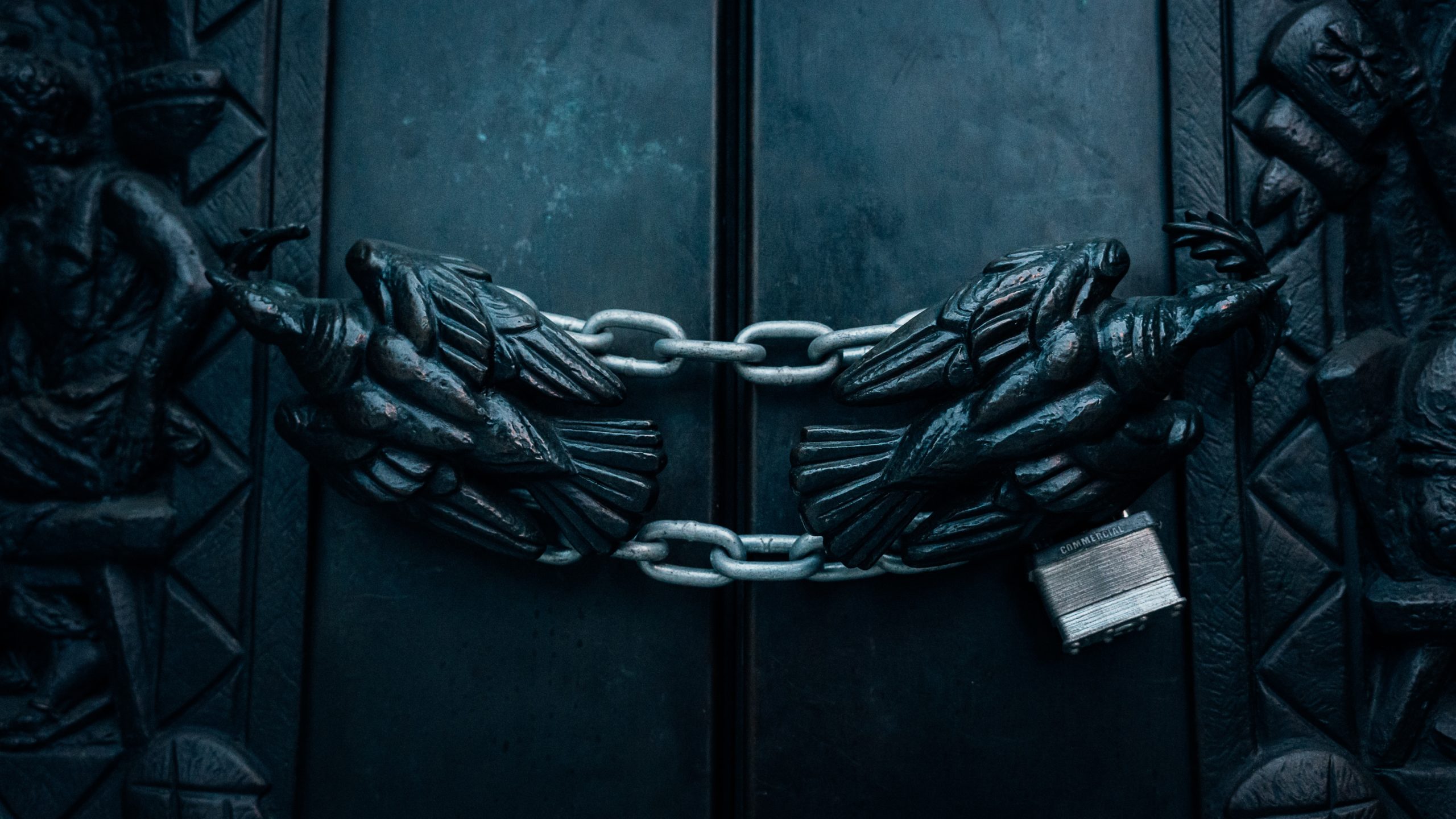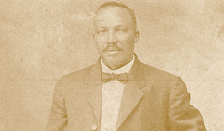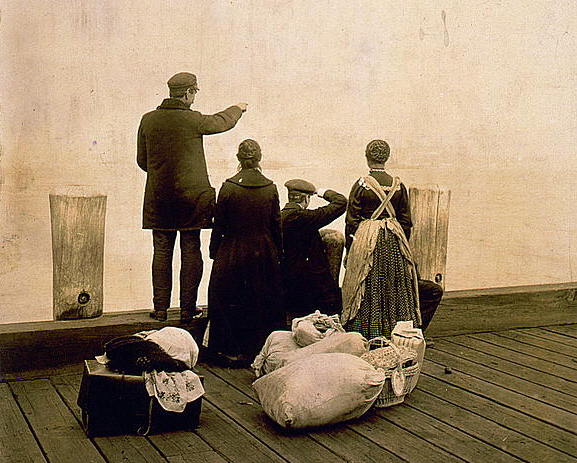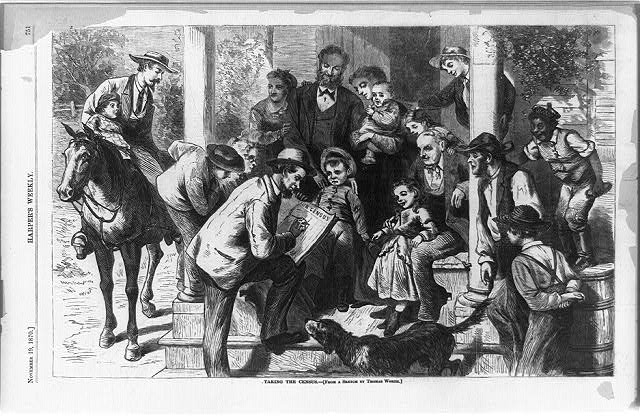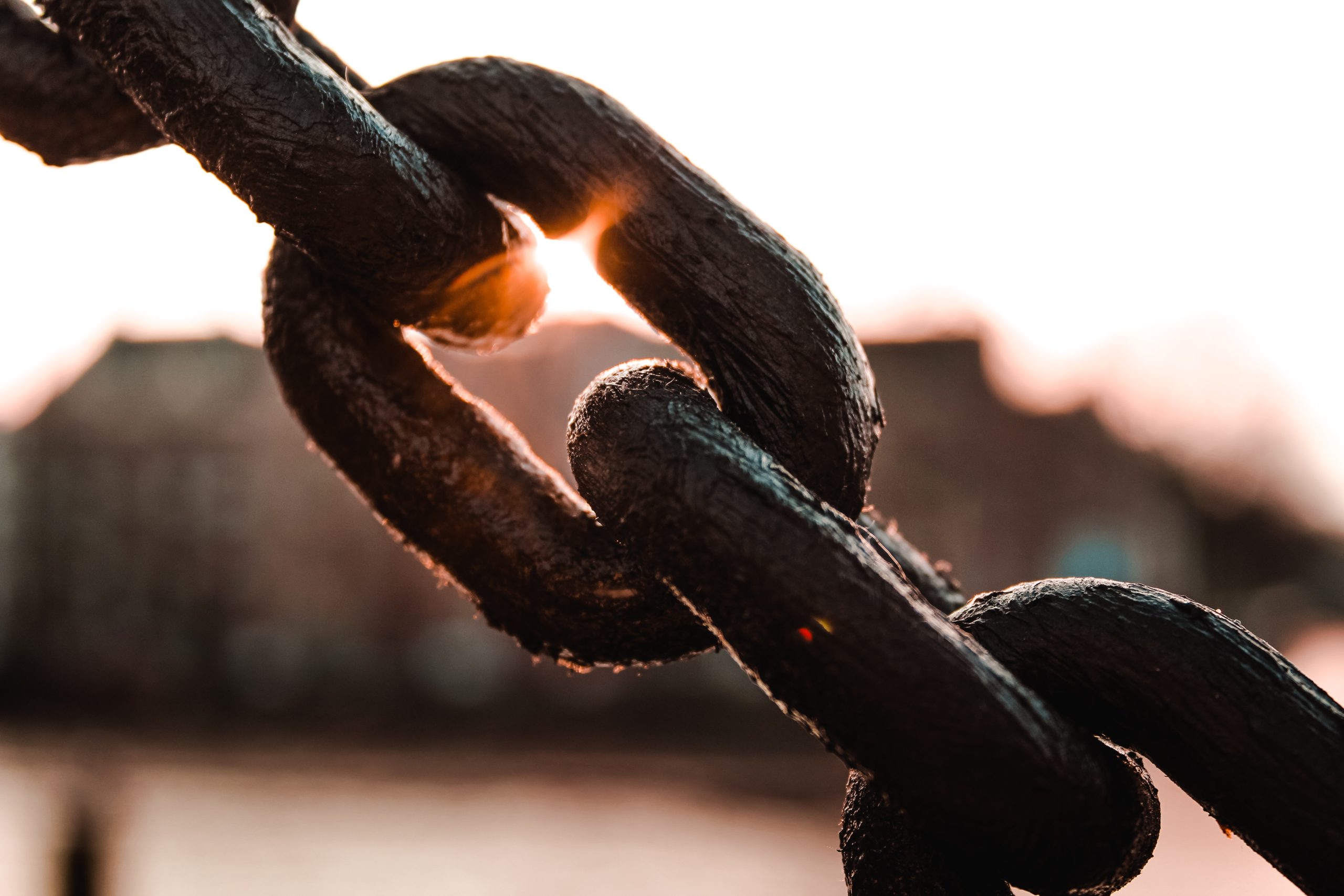Sep 2020
Analyzing an Unsourced Image of an Unsourced Manuscript
I’ve referred briefly to one of my great-great-grandfathers before in NGS Monthly: Addison Harris Day of Toomsboro, Wilkinson County, Georgia. I was writing about ways to hear our ancestors’ voices and included an 1889 letter to the editor he wrote.[1] This time I want to revisit Addison and examine a record I’ve come across about […]
Jun 2020
Inconvenient Facts
As genealogists, we strive to gather any and all information we can that might have a bearing on the research question at hand. Sometimes that information includes conflicting data that must then be resolved. And sometimes that information includes evidence that, frankly, we’d rather not see or be aware of. While it may be tempting […]
Jun 2020
The Zeitgeist and Serendipity
In light of current events and the preceding article (“Inconvenient Facts”), the most recent issue of NGSQ is of particular interest. It’s also particularly timely, an almost impossible achievement for any journal with a production schedule that stretches over many months of planning, developing, editing, and finalizing. LaBrenda Garrett-Nelson, JD, LLM, CG, CGL, authored the […]
May 2020
How to Find Passenger Lists for Databases without Images
Sometimes we run into a simple problem. We find an index with data that does not link to an image that we can examine. As basic as that problem may be, surmounting it can be a significant challenge. Let’s take an example using passenger lists. Read the given information below and think about how you […]
May 2020
Moving Beyond Published Abstracts
For years, genealogists have depended on published abstracts of records to gather data they would otherwise have difficulty accessing. As we get greater access to digitized original records, however, the weaknesses of abstracts are becoming more apparent. Take, for example, the first entry in Will Records of Montgomery County, Kentucky, 1796–1821: Will Book A Page […]
Apr 2020
Runaway Advertisements
In colonial America’s earliest years, those with runaway slaves, indentured servants, apprentices, military deserters, escaped prisoners, husbands, wives, or children had to rely on broadsides or word of mouth to advertise a reward for their return. Unsurprisingly, few such broadsides (and no words of mouth) survive. With the advent of colonial newspapers in the early […]
Apr 2020
The 1870 Federal Census’s Second Enumeration
By all reports, the 1870 federal census was a mess. It was the last census for which U.S. Marshals were used as census takers. As there weren’t enough Marshals, a number of men were made Assistant Marshals for the purpose, many of whom were Northerners who were said to be only semi-literate. Their lack of […]
Mar 2020
Fee Tails and Entailment
In her 1989 NGSQ article, “The Adeustone-Rogers Families of Virginia: Tracing a Colonial Lineage through Entailment and Naming Patterns,” the late Margaret Hickerson Emery provided a definition of the term that was key to solving her genealogical problem: Fee tail or entailment, as defined by Black’s Law Dictionary, is the encumbrance of property with a […]
Mar 2020
Taking Your First Steps Around the 1870 “Brick Wall” in African American Research
For African Americans who were enslaved until the 13th Amendment was passed in 1865, the 1870 census was the first federal census to name them. Since the slave schedules of the 1850 and 1860 censuses only referred to slaves by tick marks, sex, and age, connecting the people identified in 1870 to their pre-emancipation identities […]
Feb 2020
The Creation of Leap Year and Its Effects on Genealogy
This Saturday is February 29th, a relatively uncommon occurrence as days go. It’s a leap day in a leap year. Unless you’re like Dinah Shore, Tony Robbins, or Ja Rule, all of whom share a birthday that day, you may not even notice. For the rest of us, it’s a subtle reminder that calendars change. […]
